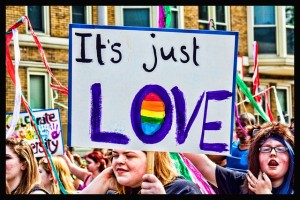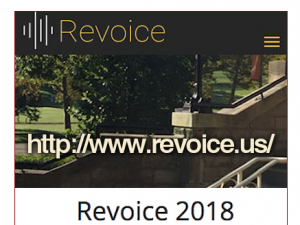The Intersect Project
 Rosaria Butterfield rocked the Evangelical world when she shared her self-proclaimed “train wreck conversion.” “As a leftist lesbian professor, I despised Christians,” she said. “Then I somehow became one.”
Rosaria Butterfield rocked the Evangelical world when she shared her self-proclaimed “train wreck conversion.” “As a leftist lesbian professor, I despised Christians,” she said. “Then I somehow became one.”
Butterfield recently spoke at Southeastern Seminary about her latest book, Openness Unhindered: Further Thoughts of an Unlikely Convert. In her talk, she discusses where the term ‘sexual orientation’ came from — and whether we should use that language. Here are the highlights:
Should we use the term ‘sexual orientation’?
“I think [sexual orientation] is a dehumanizing term. Whether you identify as heterosexual or homosexual or the plethora of alphabet soup that lies in between, it is a dehumanizing term.”
Who first defined humans by their sexuality, and what were its effects?
“By defining humanity according to its sexual desires and segregating it according to its gendered object, Freud was, intentionally or not, suppressing the biblical idea and biblical category of being made male or female and in God’s image, and replacing it with the psychoanalytic category of sexual identity.
“In both in tense and language use, Freud took aim at the Bible’s authority to diagnose gender and sexuality dysfunctions and prescribe solutions for them. I do not believe this was an innocent move. Throughout his career, Freud maintained that belief in the God of the Bible was ‘universal, obsessional neurosis.’ The category of sexual orientation carries with it a cosmology of personhood that undervalues image bearers of a holy God.”
How did Romanticism play a role in the development of ‘sexual orientation’?
“Our problems didn’t start with the sexual revolution in the 1960s. We’re talking 18th century here…. Romanticism [declared] personal feelings and personal experiences the most reliable measure and means of discerning truth. Doesn’t that sound a little bit like today?”
What impact did the 19th century have?
“Indeed, while the Christian maintains that image-bearing is what sets apart humans and animals, the 19th century ushered in a new measure of man, one for whom sexuality and sexual pleasure became a defining marker. Thus, the category of sexual orientation is what we in theology call a ‘neologism,’ and it creates fictional identities that rob them of the true one — male and female image bearers.”
See our White Paper on the Homosexual Agenda
H/T Christine Pack
